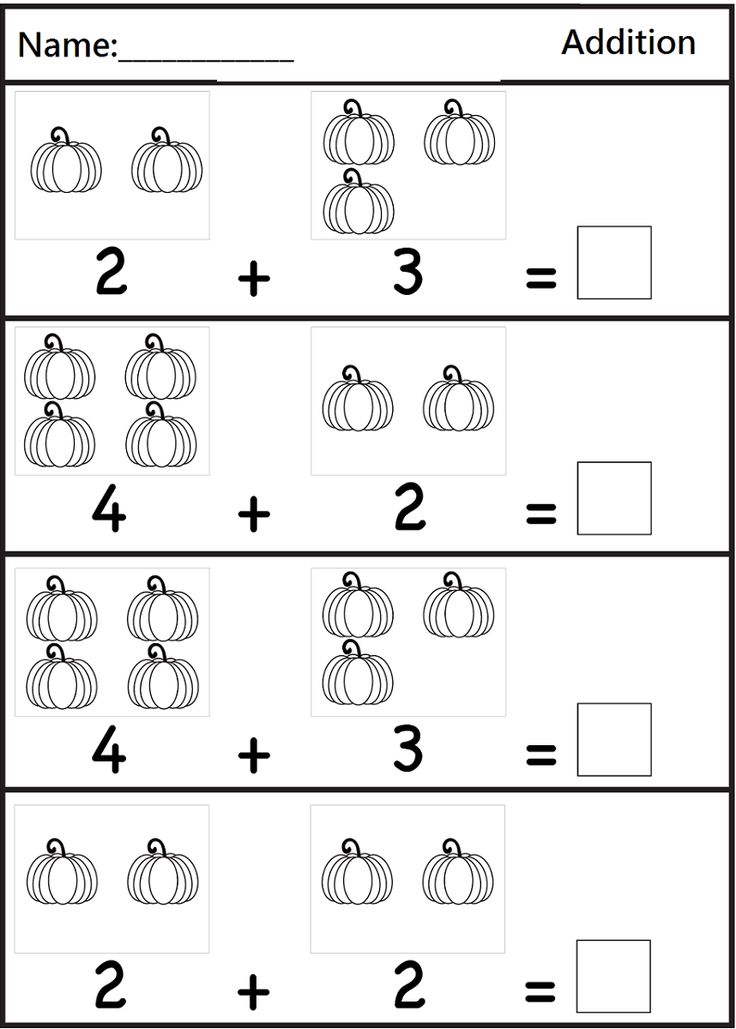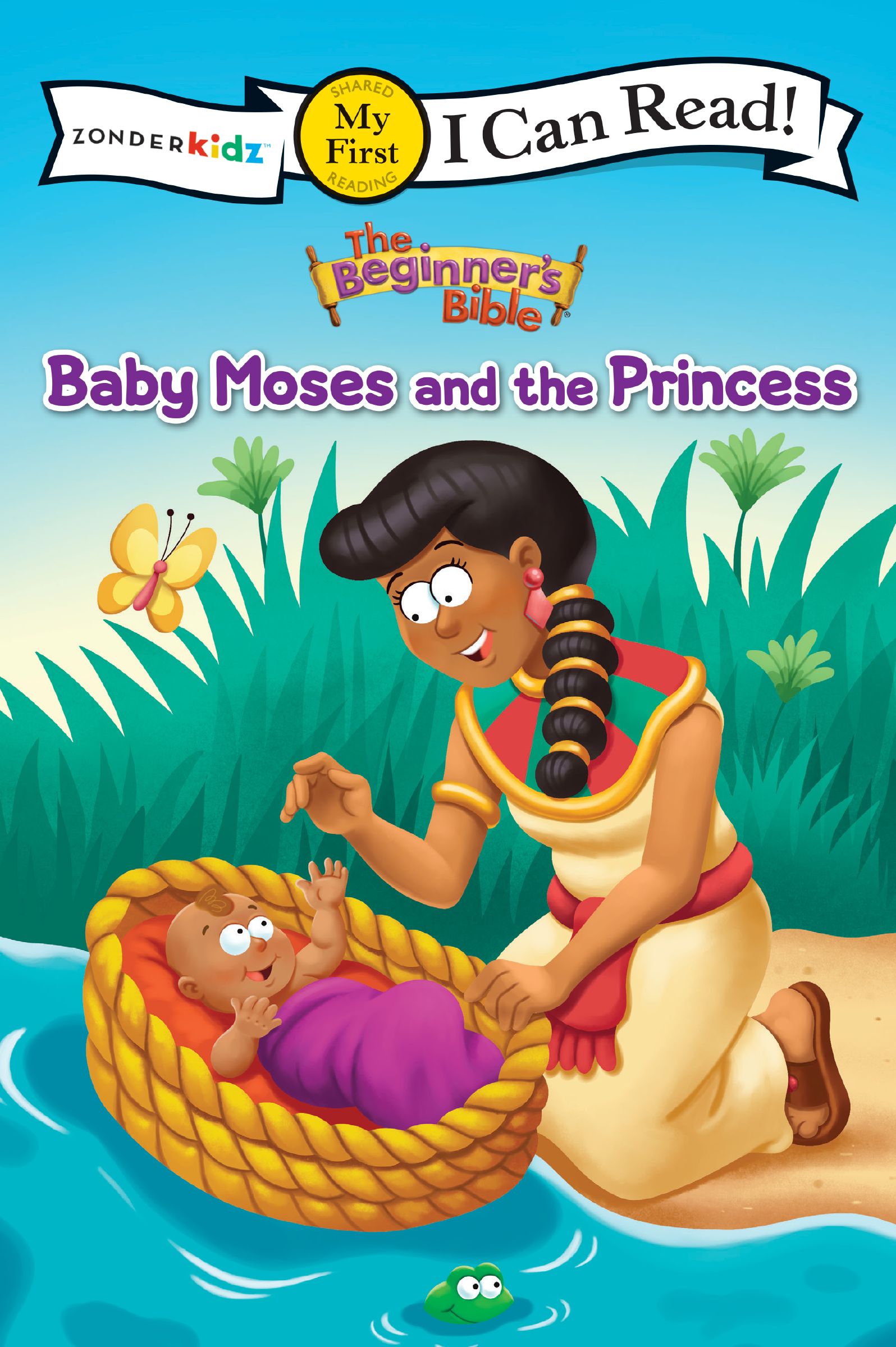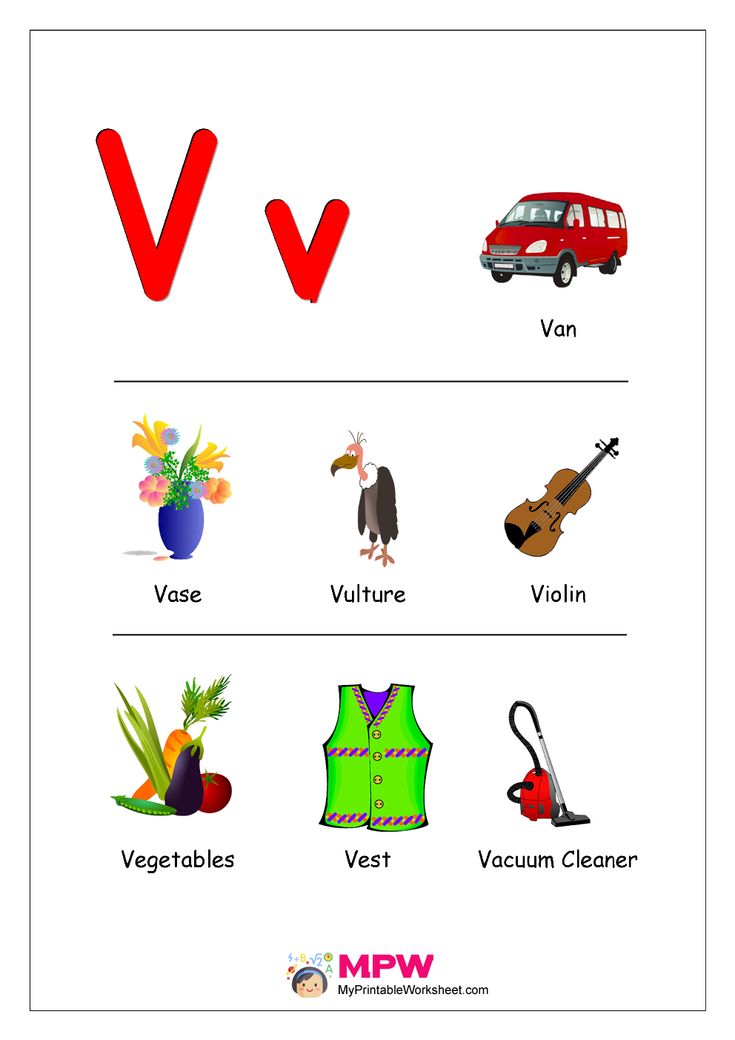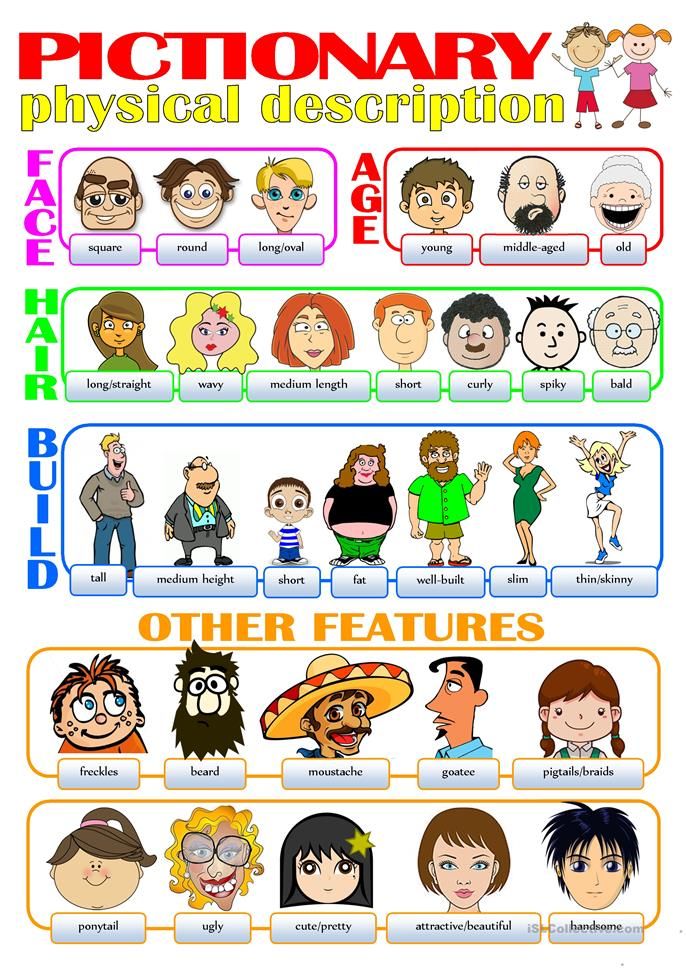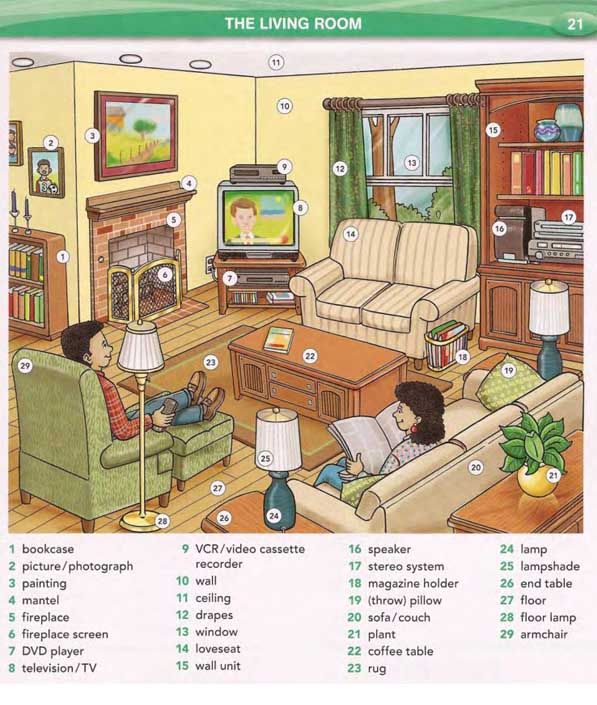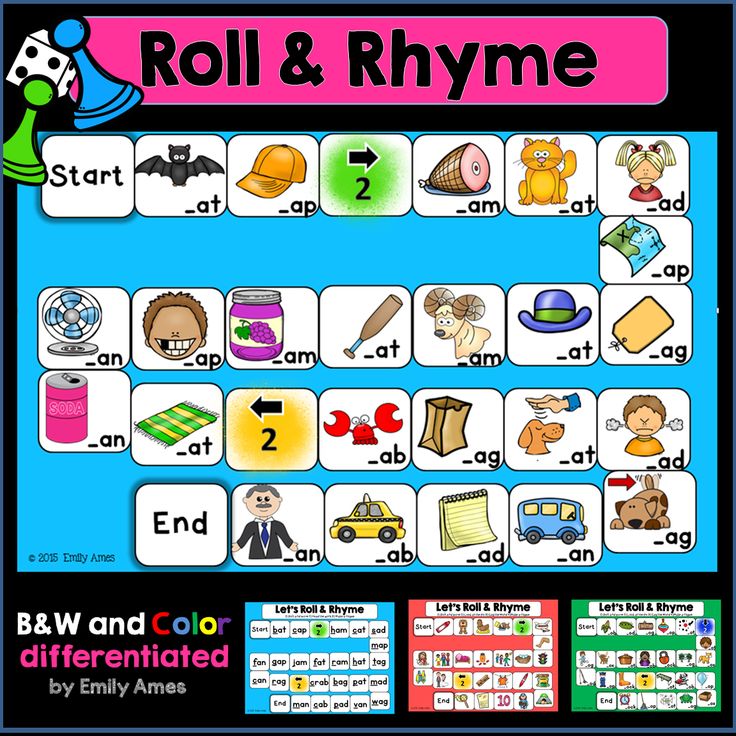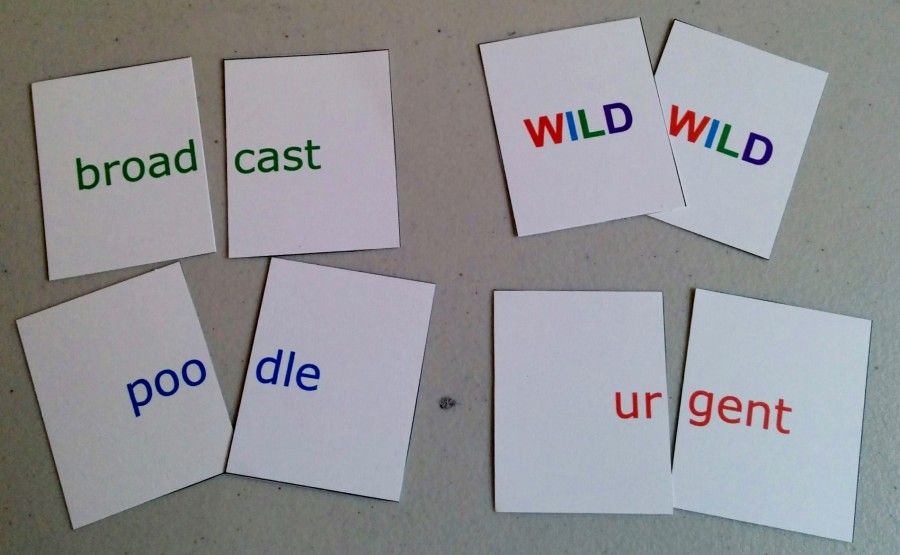Which primary colors make purple
How to Make Purple Easily - Learn what colors make purple
Jump to Steps
Learn how to make the color purple. Find out which two colors make purple paint and food coloring and how to make it dark and light.
Table of Contents
How to Easily Make Purple
The way to make purple is by mixing red and blue. Be sure to not use too much blue to start. Therefore, begin with a very small amount of blue and as more until you get the color you want.
Purple
To get some sort of purple color is easy, but getting the correct shade you want can be difficult. This makes getting the right tone for your project or craft more challenging.
Note: Some links in this post may contain affiliate links, which means at no cost to you, I may earn a commission.
What Two Colors Make Purple?
Blue and red make purple. I recommend you start with red and then gradually add blue to it.
It doesn’t matter what you’re using, whether paint (including fabric paint) or food coloring or something else, the process is the same.
Why Can't I Make Purple?
As long as you have mixed blue and red, you have made a purple. The issue is there are different kinds, created by what are called “undertones.”
These undertones are called warm and cool. Warm tones are reds, yellows, and oranges, whereas cool tones are blues and greens. Funnily enough, this means you can actually have a “cool” red, meaning a red that has blue undertones.
Looking at the color wheel (this is my nifty pocket color wheel), you can see there are different tones of purple made by mixing red with a blue (cool blue) with a blue-violet (warm blue). You can see the one mixed with blue-violet ends up more red because the “blue” actually has red in it so no matter how much of that “blue” you add, the final color will always be somewhat more red.
A “classic” version is made with a red with warm undertones and a blue with cool undertones. This way the warm and cool undertones are balanced so it’s not too red or too blue.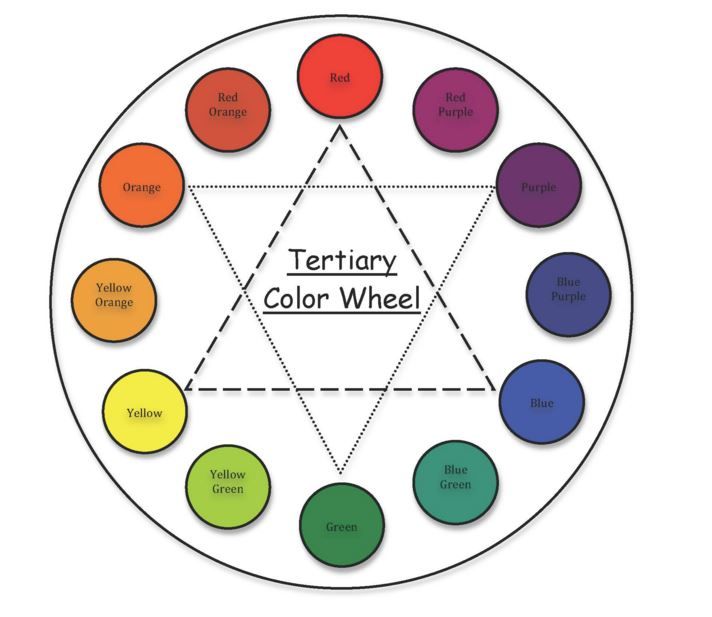
You can click on the images to make them larger.
For example, in order to get more of a blue purple color, mix a blue with cool undertones with a small amount of red with cool undertones.
How to Get Dark or Light Purple
If you’re using paint, you can make a darker shade by adding black. To make a lighter shade, add white.
If you’re using food coloring, add black to make it darker. In order to lighten, use the same proportion of red to blue, but use less of it. Similarly, to make a deeper and stronger color, use more.
What is Violet vs Purple?
As you can see on the color wheel (click on it to make it larger), violet is the warmest possible “blue” you can get. This means violet is technically a purple because it has so much red undertone.
If you want to make violet, mix a blue with a red with a warm undertone. To make blue-violet, use more reds and blues with more cool undertones.
What is the Opposite of Purple?
The short answer is yellow.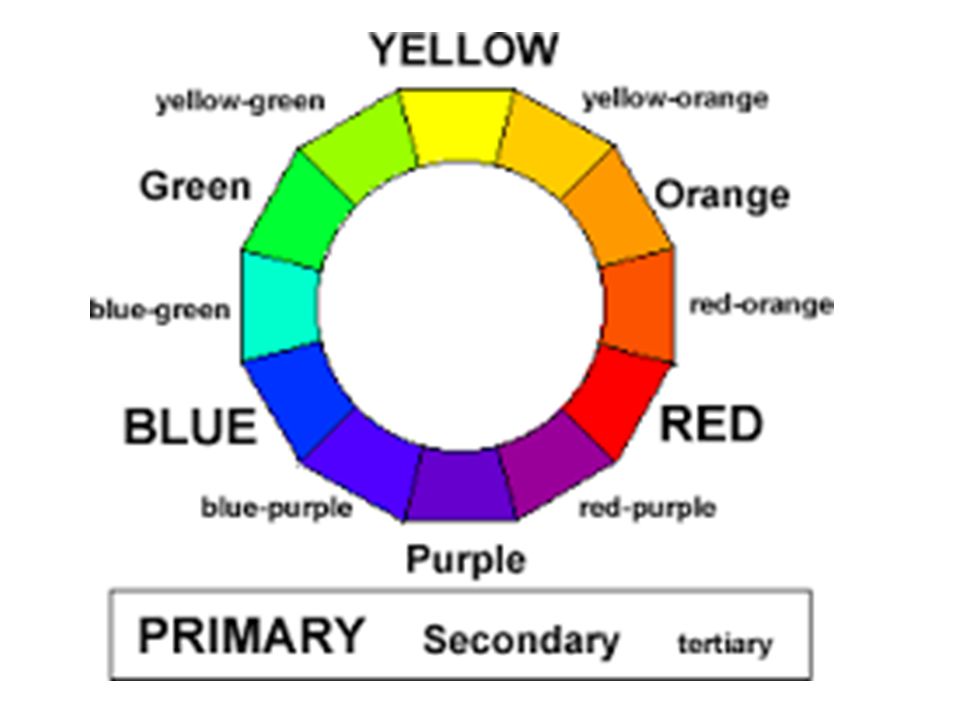 If we look at the color wheel at the color directly opposite (also known as its complimentary color) is yellow. That being said, depending on the cool and warm tones, it could be a more cool or warm yellow. You can click on them to make them larger.
If we look at the color wheel at the color directly opposite (also known as its complimentary color) is yellow. That being said, depending on the cool and warm tones, it could be a more cool or warm yellow. You can click on them to make them larger.
How to Make Other Colors
- How to make brown
How to Make Purple
Learn how to make the color purple. Find out which two colors make purple paint and food coloring and how to make it dark and light.
Project Time 1 min
Total Time 1 min
- Blue Paint
- Red Paint
As long as you have mixed blue and red, you have made a purple. The issue is there are different kinds of purples, created by what are called "undertones."
These undertones are called warm and cool. Warm tones are reds, yellows, and oranges, whereas cool tones are blues, purples, and greens. Funnily enough, this means you can actually have a "cool" red, meaning a red that has blue undertones.
A "classic" purple is made with a red with warm undertones and a blue with cool undertones. This way the warm and cool undertones are balances, making a balanced purple.
Keyword Color Mixing, Colors, Paint Mixing
More Craft Projects and Ideas
How to Make Brown
PrevPrevious
NextNext
How To Make Purple - A Comprehensive Tutorial On Mixing Purple!
Share this post!
76 shares
Purple is a beautiful color and I love using it in my paintings! Flowers, lavender fields, night skies, sunsets and landscape paintings! There are so many ways we can throw this lovely color onto our masterpieces. It is a symbolic color of royalty and power but also a whimsical and playful color!
I often get asked to explain how to mix colors because some colors, such as purple, are a little confusing to mix. The combination of colors you would mix to make purple will depend on what kind of purple you want to make!
The combination of colors you would mix to make purple will depend on what kind of purple you want to make!
Do want a dark purple? A light purple? A warm purple that almost looks red? A cool purple that almost looks like indigo? There’s so many! Are you making a tint of purple, a shade? Where do you begin to know what combinations to combine!?
We know from basic understanding of color mixing that red and blue make purple. However, mixing just any red and any blue together may not exactly make the purple you want. You might find that it looks a little muddy like brown or even closer to a black.
Mixing red and blue doesn’t always make purple!!
Pyrrole Red & Phthalo Blue equally mixed together. This made a very dark color. Almost black!In order to make the right purple you are looking for, you need to mix the right proportions of red to blue AND select the right kind of red and blue. There are reds that are more cool and reds that are more warm. The same goes for blue.
Because there are so many types of reds and blues, there will be so many types of purples you can create. The trick is knowing what blue and red to grab in order to make the purple you are going for.
That leads me to this post! I will be explaining exactly what colors to use in order to make the purple you are looking for.
To Make Purple, You Need A Basic Understanding Of Color Theory!
I won’t go too in depth here because color theory is a very complex topic! There are entire college courses on color theory! I’ll try to summarize the important parts of color theory that will help you understand how to make purple and why to select certain colors.
How Is A Color Warm or Cool?
If you divide a basic color wheel in half, you have warm colors on one side and cool colors on the other. Blue is typically labeled as a cool color and red is typically labeled as a warm color.
But if you look at a more complex color wheel that has the “tertiary colors” and beyond, we have blues to sway slightly to the warm side of the wheel and blues that sway slightly to the cool side.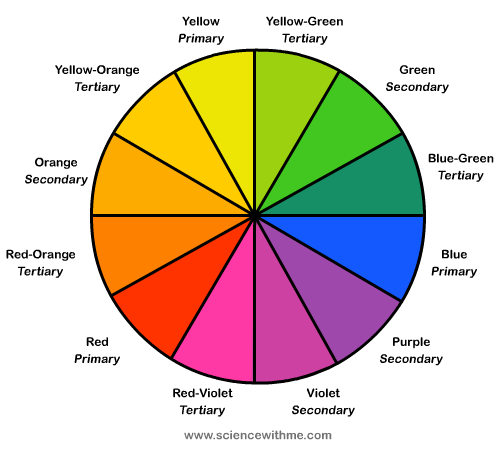 The same goes for red!
The same goes for red!
Looking at the color wheel above, you can take a guess that in order to make purple, you will need to use a “cool red” and a “warm blue”.
What is color bias?
We know that in order to make purple, you need blue and red! But I stated earlier that reds and blues can be cool and warm depending on the red or blue you select. This is called “color bias”.
Some reds sway more to the orange/yellow side and some reds sway more to the purple/blue side. The same goes for blue! Some blues sway more to green/yellow and some sway more to purple/red.
It’s really hard to achieve a perfect “neutral” blue or red because the color will almost always sway one way or the other.
Below is a chart of examples of warm blues & reds and cool blues & reds. These are colors that we can work with in order to make the purple we are trying to achieve. This is not a complete chart because there are SO MANY blues and reds available in acrylic paint tubes. I am basing this off of Liquitex BASICS acrylic paint and selected only a few colors.
I am basing this off of Liquitex BASICS acrylic paint and selected only a few colors.
Cool Reds (These are great reds to make purple with because they are closer to purple on the color wheel!):
- Alizarin Crimson
- Primary Red
- Quinacridone Magenta
Warm Reds:
- Cadmium Red Medium Hue
- Pyrrole Red
Warm Blues (These are great blues to make purple with because they are closer to purple on the color wheel!):
- Ultramarine Blue
- *Cobalt Blue
- **Phthalo Blue Red Shade
*Note: cobalt is often more of a neutral blue but for the purpose of this post, I’m putting it into the warm category because it is a color that can be used to make a nice purple!
**If you are using Phthalo Blue to mix purple, I’d recommend using the “Red Shade” because that will be a warm blue compared to the “Green Shade”.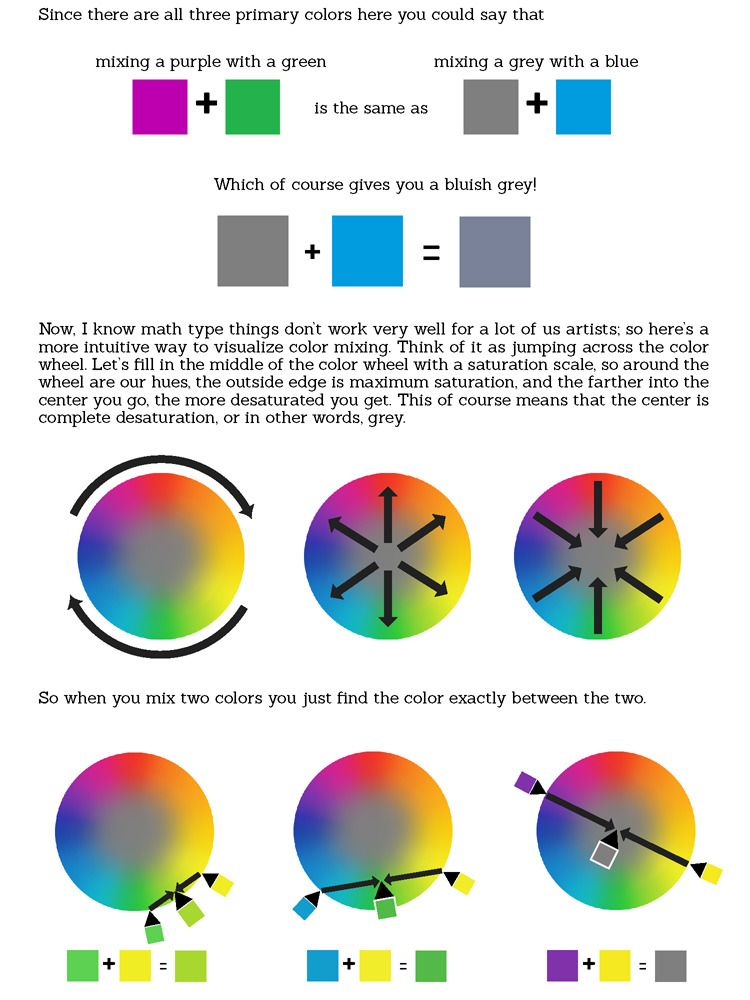 Liquitex BASICS Phthalo Blue is the Green Shade.
Liquitex BASICS Phthalo Blue is the Green Shade.
Cool Blues:
- Cerulean Blue
- Primary Blue
Based on what we know about color bias, the best blues to make purple, according to that chart above, are ultramarine blue and cobalt blue. The best reds to make purple are alizarin crimson, quinacridone magenta and primary red. Note: my rule of thumb for determining a good red is to ask myself it it looks a little on the “pink” or “magenta” side!
You can, however, experiment with the other blues and reds! However, it is not recommended that you use a yellow bias red and a green bias blue because you likely will end up with a muddy color.
What Colors Make Purple? Let’s Make Purple!
Let’s try mixing cobalt blue and primary red! Try mixing equal parts to create a pretty deep purple. If it is too dark/blue for your liking, add a little more red to it. This will warm your purple up!
If you want to make it lighter, try adding white to it.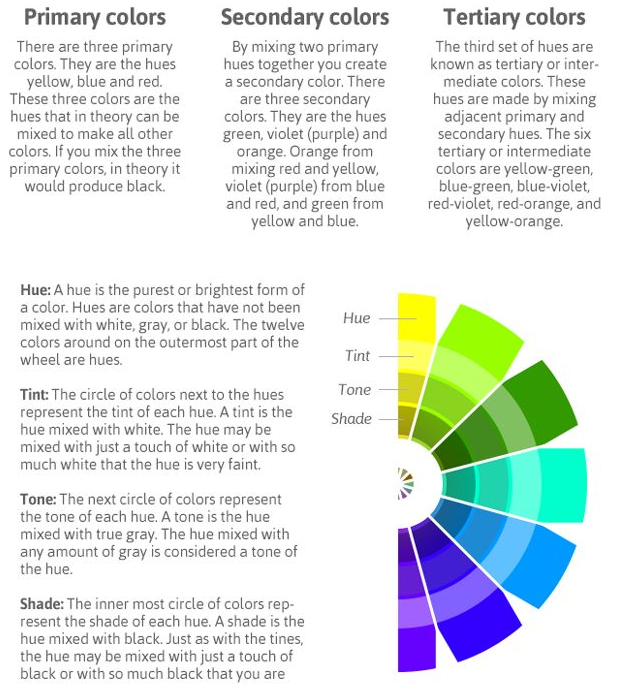 This will make a lavender type of purple. If you want it to be deeper, more blue (like an indigo), try adding more blue to it.
This will make a lavender type of purple. If you want it to be deeper, more blue (like an indigo), try adding more blue to it.
Next, I experimented with Alizarin Crimson and Ultramarine blue. Both of those colors are rather dark so they created really deep purples. I found that adding white to those really helped to bring the purple out better. Also, with this combination, I found that adding more alizarin was necessary to achieve more of a “purple” rather than a dark blue-purple looking color. This is going to really depend on what type of purple your are mixing!
My favorite combination of colors to make purple!
I experimented with mixing these 4 colors quite a bit! My favorite combination was mixing equal parts ultramarine blue and primary red. It created a really pretty purple! I’ll call it “deep royal purple”.
What are tints and shades?
When you add white to any color, it is considered a tint. You can change the proportions to make a whole “monochromatic” color scheme with your purple. Thus, if you wanted to simply make a “lavender” color, you can take an already mixed purple and add white to it.
Thus, if you wanted to simply make a “lavender” color, you can take an already mixed purple and add white to it.
Make a lavender purple by adding white into it!
Add white to purple to create tints of purpleWhen you add black to any color, it is considered a shade. You can create some very deep purples this way!
Make a dark purple by adding black into it!
Adding black to purple creates shadesA tone of any color is achieved when adding gray into the color. Adding gray to a purple can help you achieve a “mauve” type of purple.
Make a mauve purple by adding gray into it!
A tone of purple can be achieved by adding gray to it. This creates a pretty “mauve” type of purple color palette.A great exercise that you can do is make a scale of a color (such as purple) and gradually add white, black or gray to it. This helps you learn how to control the paint to achieve the right tint, shade or tone you are going for.
How do I make A Dioxazine Purple?
This is a very popular purple color that Liquitex BASICS makes available! It is hard to mix that EXACT color.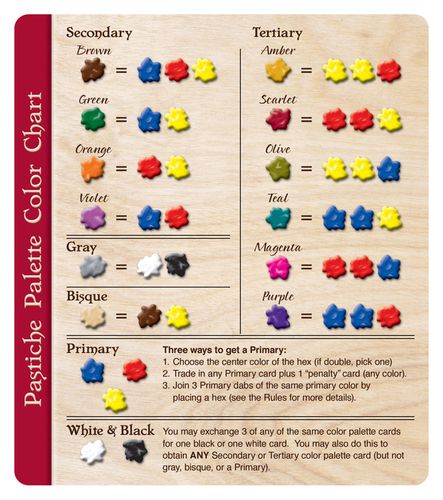 However, I found that if you mix “Quinacridone Magenta” (which is a cool red) and “Cobalt Blue”, you can achieve a color very close to Dioxazine purple.
However, I found that if you mix “Quinacridone Magenta” (which is a cool red) and “Cobalt Blue”, you can achieve a color very close to Dioxazine purple.
Mix cobalt blue and Quinacridone Magenta
I did equal parts. If it’s a tad too “blue”, you can add just a bit more quinacridone magenta to it. Again, you won’t make the exact shade but it is definitely a good way to substitute if you don’t have any dioxazine purple!
How Do I Make A Brilliant Purple?If you are wanting to make a brilliant purple, try adding a little white to a color combination! I experimented and attempted to make Liquitex BASICS “brilliant purple”. This is a really pretty bright lavender color.
Mix quinacridone magenta, ultramarine blue and titanium white
To achieve this, I mixed 2 parts quinacridone magenta, 1 part ultramarine blue and 2 parts titanium white. The titanium white is essential to mix into purple to achieve any type of “light purple” or “lavender purple” color!
How Do I Make A Violet?
When I think of “violet”, I think of a purple that has more of a warm tone to it.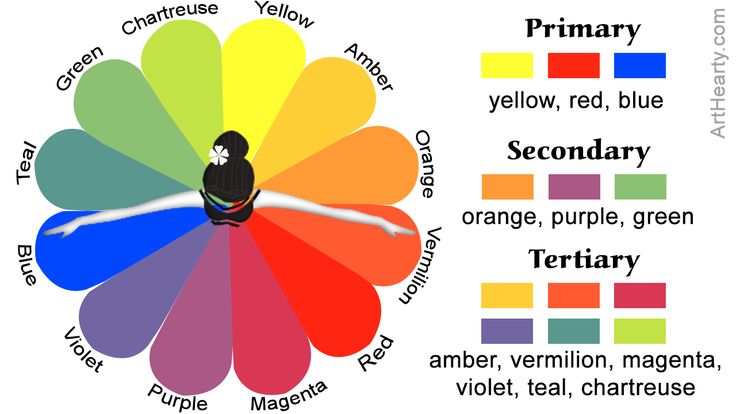 Try mixing a higher proportion of red into your blue.
Try mixing a higher proportion of red into your blue.
I experimented by mixing 3 parts primary red and 1 part ultramarine.
Mix primary red and ultramarine blue
How To Make An Indigo?
Indigo has a higher proportion of blue to it than red. Try mixing 3 parts ultramarine blue to 1 part magenta to make a deep indigo color!
To sum this up…
Color mixing can be confusing but it doesn’t have to be! Purple is especially a tricky color because often we try to make it by using a red that has an “orange/yellow” bias which ends up making a muddy color!
By knowing a little bit about color theory you can be able to select the right paint colors to achieve the color you are trying to create! I hope this post was helpful for you! I will be creating more as a “Series” of Color Mixing tutorials!
See Also:
- All about brushes for acrylic painting
- How to blend acrylic paint
Share this post!
76 shares
What colors to mix to get purple?
What colors to mix to get purple?
When I was doing practice in kindergarten at the art school, I got the topic of the lesson on mixing primary colors.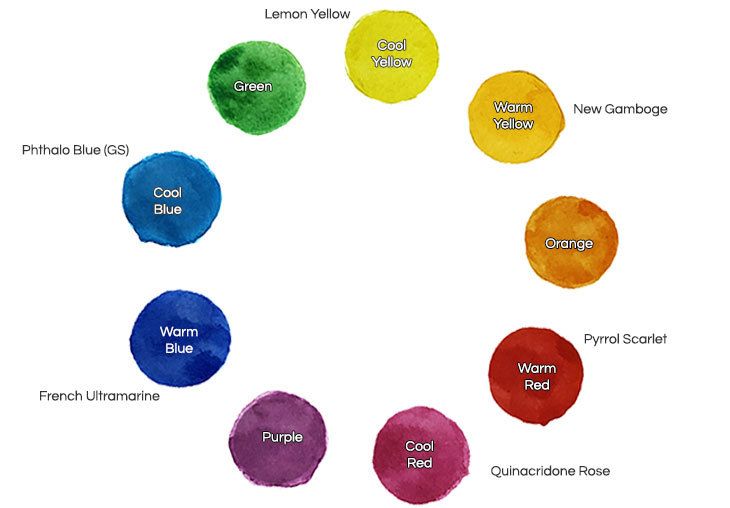
If you remember, there is a rule that all colors can be mixed from three primary colors: red, blue, yellow.
At the lesson, I had to show the children how to mix all the other colors of the rainbow from three colors - green, orange and purple as well.
So, imagine me saying to three-year-olds: "Children, let's mix red and blue and get ... What color is it? Violet..."
"BROWN!" - they happily answer me. 🙂
Indeed, it was difficult to call that gray-brown-raspberry shade that was obtained by mixing purple.
If you take a pure red color and mix it with blue, then the result is brown, then blue-black, then gray-blue, but not purple. In whatever proportion we mix these colors.
Have you had this experience? Did you get pure purple?
So what colors do you need to mix to get purple?
Purple can be mixed if we use the right pigments!
The "secret" to getting a beautiful purple is to use those shades of red and blue that are closer together and closer to purple on the color wheel.
The purest violet is obtained by mixing maroon red and ultramarine.
Look at this picture. The purest purple you see is in the lowest row when you mix the above colors. Other blues and reds give us less pure or deep colors.
But ultramarine and kraplak are not the only pair we are looking for. There are other colors as well. And you can find them in your palette yourself. After all, paints differ not only in the name and composition of pigments, but also in their quality. Therefore, you can find different combinations from different manufacturers.
The point is to learn how to choose the right pigments that will lead you to pure spectral color.
Why can't I mix purple from regular red and blue?
You will learn more about this "secret" from Michael Wilcox's book "Yellow and Blue Don't Make Green" or from my course.
And here I'll tell you briefly.
Let's take a color wheel for this and remember physics.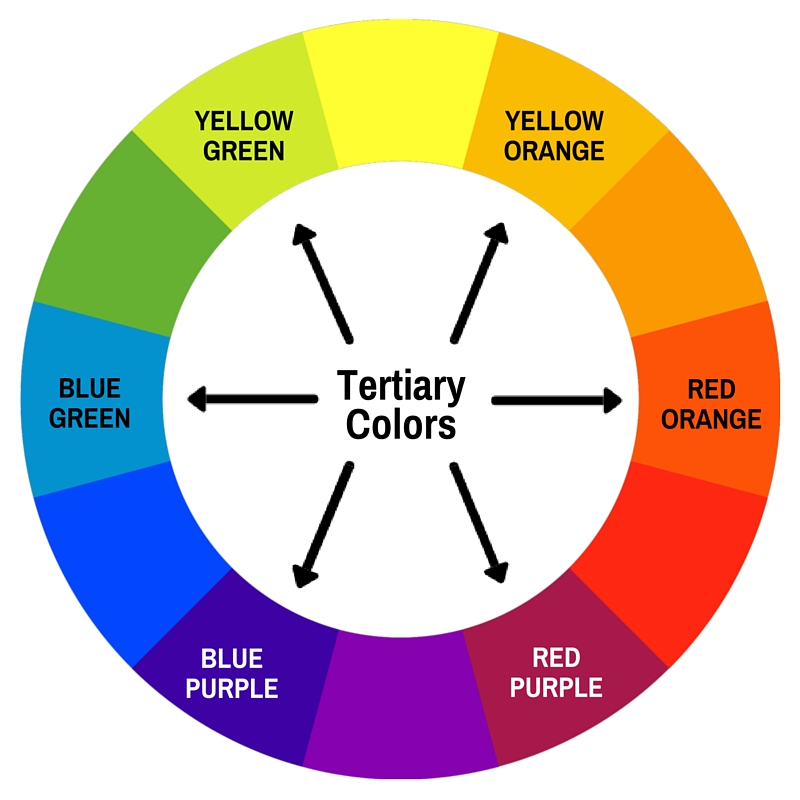
Color is a wave contained in a white beam of light. Remember the prism that splits the sun's ray into the entire palette of colors.
Those colors that are obtained by decomposition of a light beam are called spectral. These are pure, saturated colors.
We can distinguish different shades in them and divide the entire color gradation scale into 7 colors, as in a rainbow, or into 12, 24 or 36 colors, as in a color wheel.
There are three main colors, from which theoretically all the others can be obtained: yellow, red, blue.
But in practice, mixing red and blue, we get cloudy shades that can hardly be called pure purple.
It is important to understand here that the decomposition of a beam is light, a wave. And what we see on paper is pigments , that is, particles of matter that reflect light and allow us to see it.
Therefore, in theory, by mixing two primary colors, we should get a third spectral color, but in practice it is necessary to make a correction for pigments.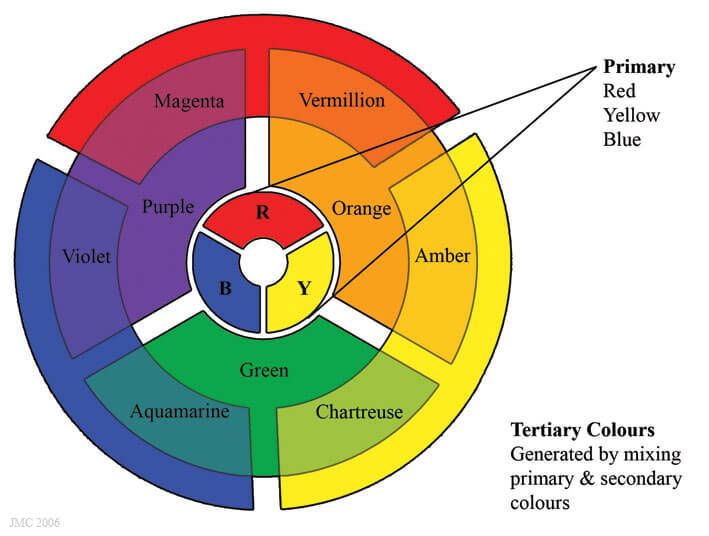
Pigment (paint) is a substance, and substance does not mix like light. The pigment is not spectrally pure. In addition to the waves of this color, it contains others.
Therefore, to mix the third spectral color from the main ones, you need to take those shades of the main color that already contain the desired color.
In our case with purple, you need to take those shades that already contain a piece of purple in themselves. Which?
In the shades of primary colors, it is important to distinguish between cold and warm shades, i.e. the presence of a particular color.
I will give EXAMPLES of NAMES of colors that can be found in manufacturers. Here it is important to distinguish which of them are warm and which are cold.
for yellow:
Cold:
- Strnsian yellow
- cadmium lemon
Warm:
- cadmium yellow light
- cadmium yellow average
- ocher ocher
- security golden 9000
00 for red :
Warm:
- Cadmium Red
- Scarlet
- Ruby Red
Cold:
- Carmine
- Kraplak Red
- Pink Quinacridone
For blue:
This is where my understanding of temperature differs from others.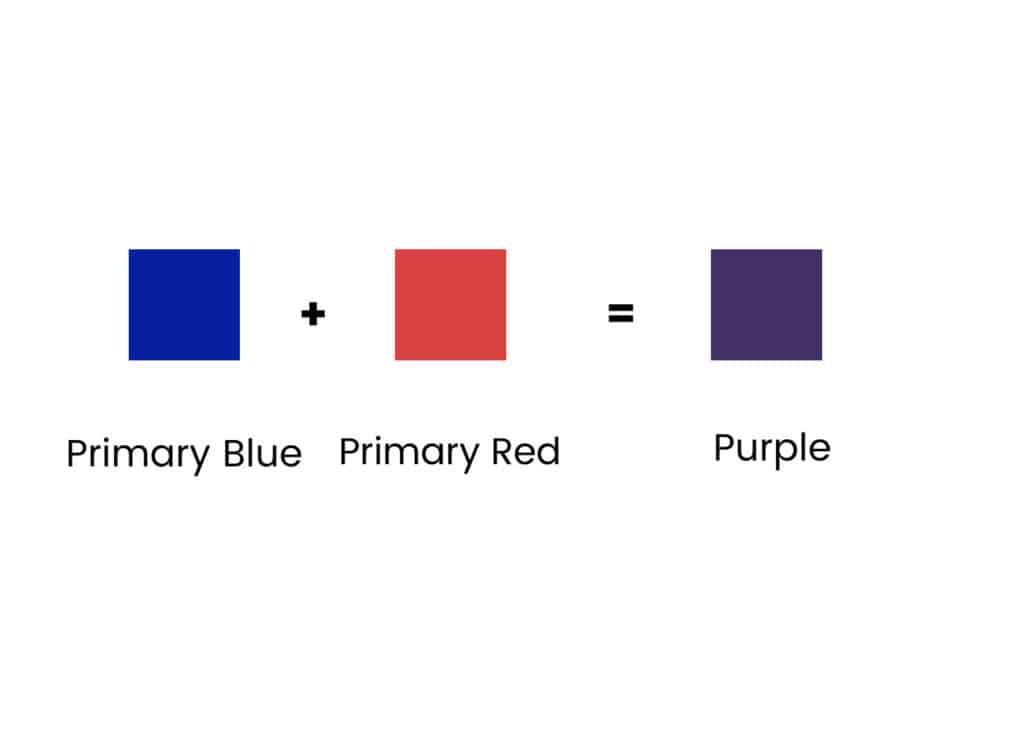 Therefore, let's say, the colors containing green, from which it turns out purer: clearer:
Therefore, let's say, the colors containing green, from which it turns out purer: clearer:
- Cobalt Blue
- Ultramarine
Advice
Once you've bought your paints, paint a little in all the shades you have. Sign the name of the paints and their manufacturer. This will help you better understand the properties of certain materials and see the difference in shades.
Conclusion
us color. Then as a result you will definitely get the desired bright colors!
To draw flowers, we need beautiful bright shades of purple, lilac, lilac.
In this video I'll tell you what colors to mix to make violet colors sonorous and beautiful.
What colors to mix,
to get shades of purple
In the video you will also see the accelerated process of drawing an iris flower.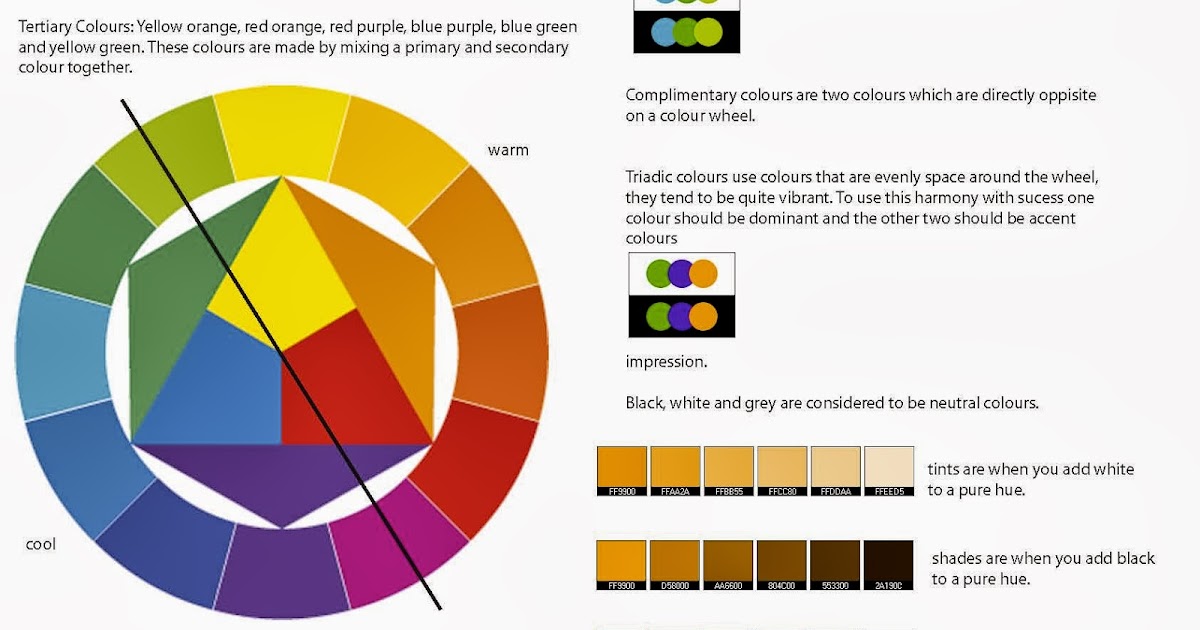
In fact, this study took me less than 10 minutes. So get inspired and paint your watercolors with irises!
Check out this DEMO VIDEO for inspiration!
I was recording it for the online Fabriano festival, when May 31st was declared collective painting day, and everyone filmed the process of their work.
Watch how this watercolor was created in a 10-minute video:
SUBSCRIBE to my Youtube channel to be aware of new videos!
How to make purple by mixing colors
To get purple, you need to mix red and blue, or red and blue containing tones, the main thing is that they do not have a yellow undertone, which, as an additional color to purple, will give a grayish or brown undertone of the resulting paint.
Violet requires pure colors, and even then the result will be paler than its derivatives, and if you need to lighten and darken the paint, then the resulting product will be of the third order and even paler.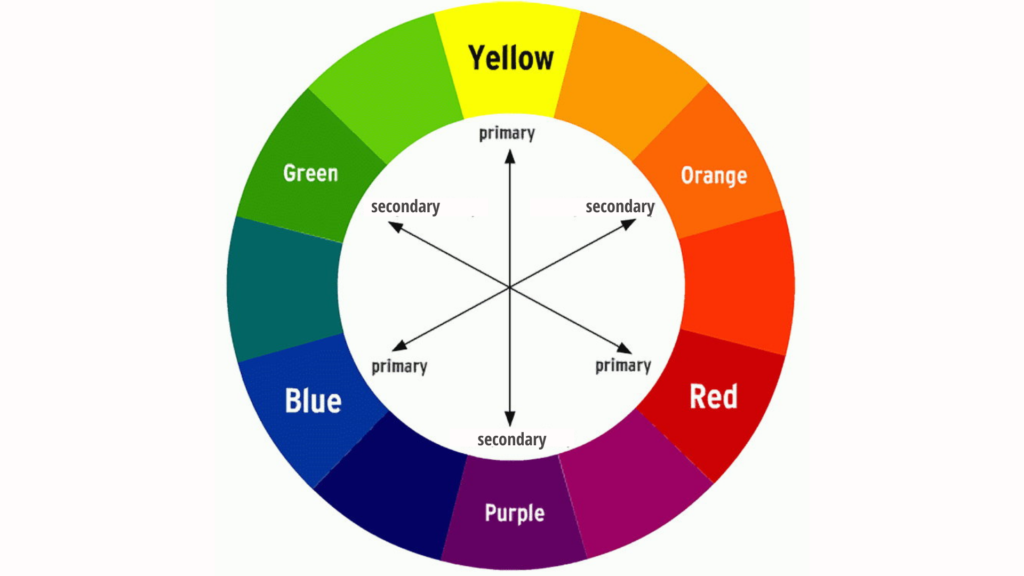 Based on this, it is better to create shades of purple from the purple paint available in the kit.
Based on this, it is better to create shades of purple from the purple paint available in the kit.
How to get purple dye?
Mixing red and blue produces a deep purple
A bright red and a rich, dark indigo result in a dark, almost black purple. Moreover, even diluting it with white, it will reluctantly lighten to a gray-violet hue.
Dark blue "devours" all the lightness and saturation of the brightness-red, and even if we increase the influence of the second (add red to the resulting purple tone), we will not get purple or saturated red-violet, but an eggplant color that is almost barely distinguishable in its darkening. If it is diluted with white, we get a gray-red-violet.
Mix red and blue to get medium purple
Intense red and intense blue result in a medium violet that is much more sensitive to the addition of undertones.
From medium violet it is already possible to obtain a rich plum and its lighter colors:
Mix pink and blue for lilac, amethyst
To achieve a lighter yet more intense shade of purple, the best way to get it is to mix warm pink and deep blue, as a result we get a light lilac that is easy to bleach and it will not lose much of its prominence.
So you can create a whole range of pastels.
Red will help you achieve amethyst tones.
How to mix colors to get vibrant shades of purple?
All shades of violet obtained with red and blue containing tones do not differ in brightness. Therefore, in a set of 12 colors there is always a bright lilac from which you can build the entire diverse range that the purple palette contains.
A rich, cool dark purple can be obtained by mixing bright purple and dark indigo.
Intense blue-violet or cornflower blue is obtained by mixing with blue.
Pronounced amethyst is made from warm pink.
Purple, berry - from the main tone + rich red.
Bright cormorant will be a derivative of lilac + red + indigo.
You should not use yellow and all yellow-containing tones (orange, green, brown, etc.) in the construction of shades of purple, as it is an additional color, as a result of mixing which we will get brown.


